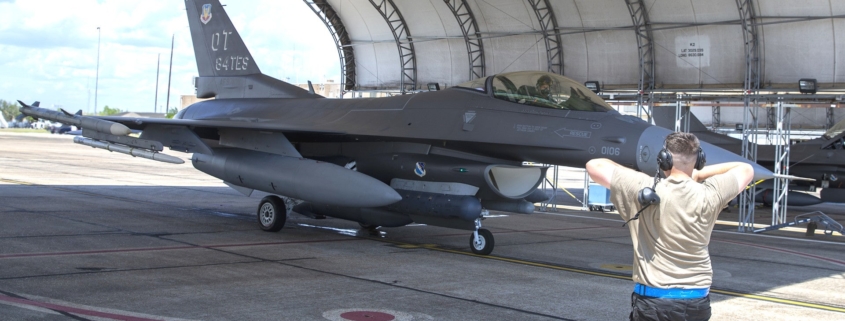How the Air Force is tackling electronic warfare challenges — FCW
Defense
How the Air Force is tackling electronic warfare challenges

The Air Force is on high alert when it comes to electromagnetic spectrum threats. But extensive system updates pose a risk.
“If we lose the war in the spectrum, we lose the war in the air and we lose it quickly,” Gen. Mark Kelly, the commander of Air Combat Command, said during keynote remarks at the Air Force Association’s Air, Space, and Cyber conference Sept. 22, noting that a peer adversarial fight would engage frequencies across the spectrum.
Kelly’s comments come a month after Defense Secretary Lloyd Austin signed out the classified implementation plan for the Electromagnetic Spectrum Strategy released last year.
The Air Force, in recent years, has made organizational changes to elevate the importance of electronic warfare, including moving the Air Force Spectrum Management Office into its Intelligence, Surveillance, Reconnaissance and Cyber Effects Operations (A2/6) branch under Lt. Gen. Mary O’Brien. That branch will also soon be home to the Air Force’s EMS directorate in October, O’Brien said Sept. 22.
“This is key terrain. We have to connect our joint force,” Kelly said during his presentation of the Air Force’s fighter roadmap, “because if the adversary can break our network, or if we can never establish a network, they can break our blue kill chains and potentially break our force.”
Kelly told reporters Sept. 22 that electronic warfare upgrades, such as with the Eagle Passive Active Warning Survivability System, were “major surgery” that could take F-15s out of commission for several months.
“That system requires a significant amount of power and cooling to be pulled off the engines to power it,” Kelly said. “The number of panels and amount of plumbing they pull out of that airplane to get their hands to the area they need to go is major surgery.”
The solution to keep pace with EMS threats, according to Gerald Gerace, Leidos’ chief scientist for its electronic warfare…



